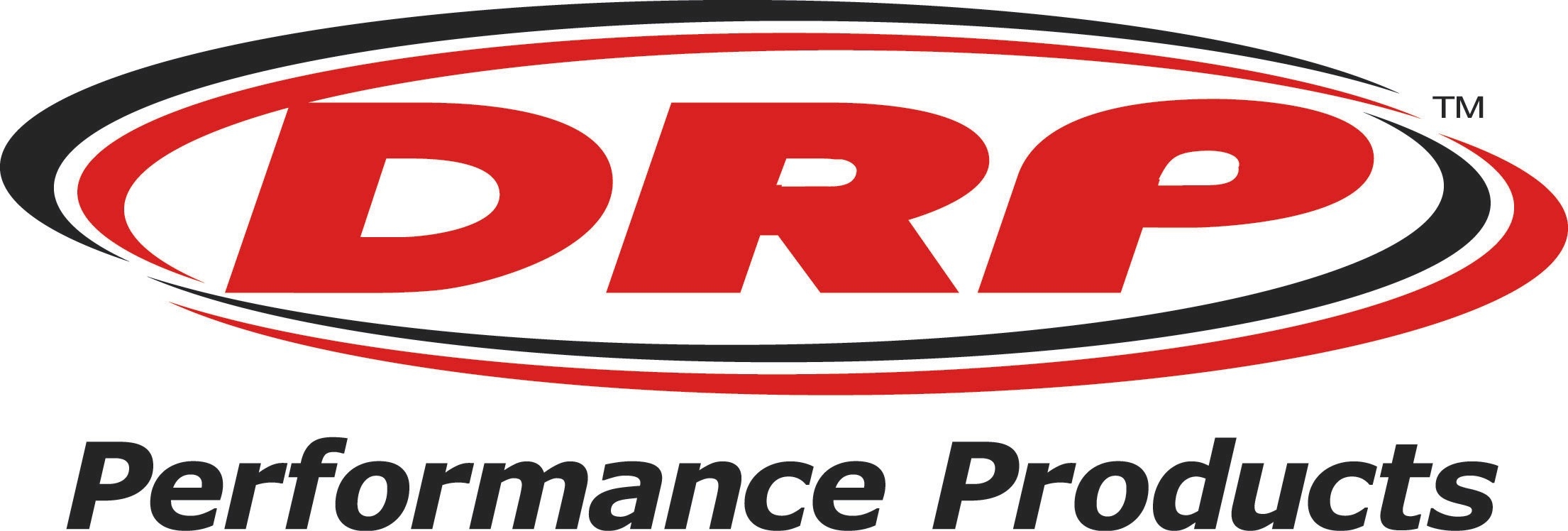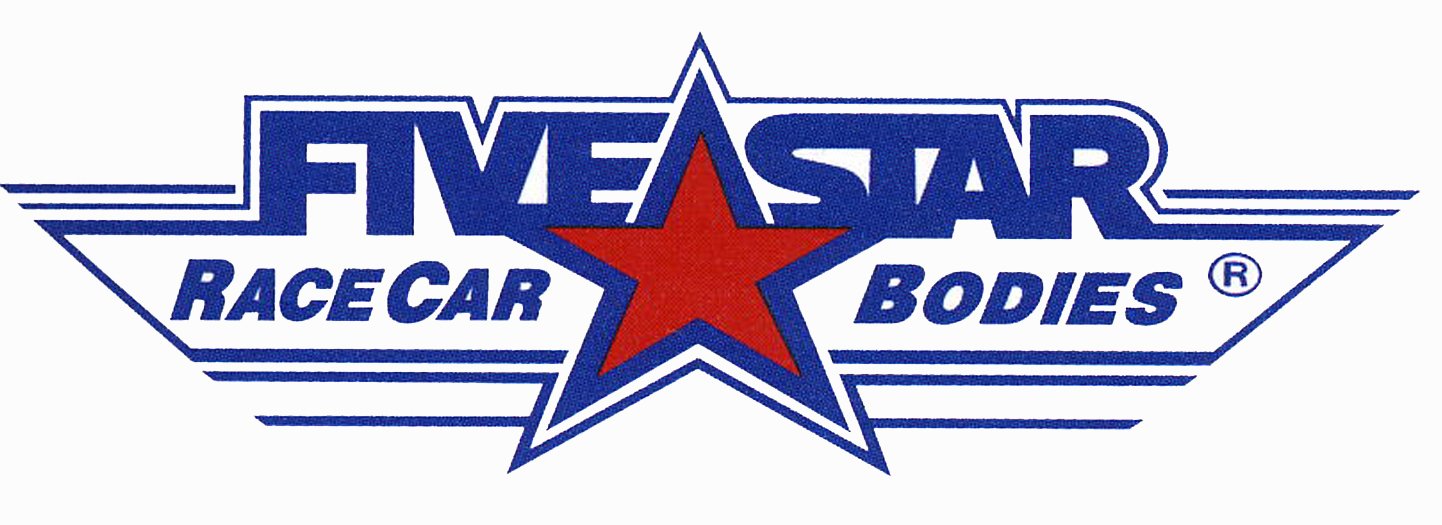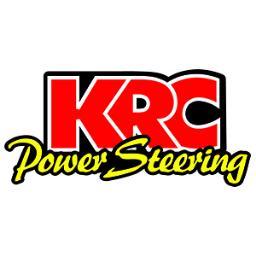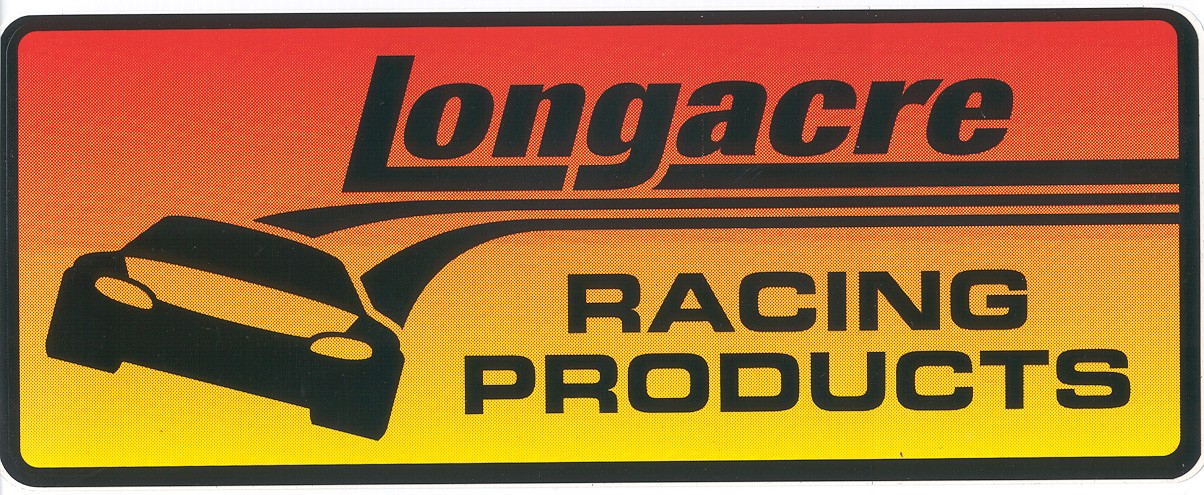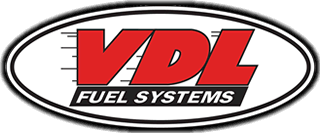This Track in ACT History: Thompson Speedway Motorsports Park
/Location: Thompson, CT
Track: 5/8-mile high-banked oval
Opened: 1940
Previously Known As: Thompson Speedway; Thompson International Speedway
# of ACT Races Held: 11
ACT Pro Stock Tour/NASCAR North – 7
ACT Late Model Tour – 4
Most Wins:
ACT Pro Stock Tour/NASCAR North – Randy Lajoie, 2
ACT Late Model Tour – Four drivers with 1 each
A Brief History of Thompson Speedway
When Thompson Speedway opened its doors on May 26, 1940, it was unlike any race track the United States had ever seen. John Hoenig had long held a dream of building a track. After the September 21, 1938 “Long Island Express” hurricane swept through Northeast Connecticut and destroyed his family’s farm (and many others in the region), he decided to use it as an opportunity to turn his dream into a reality. The result was the first ever asphalt racetrack – prior to Thompson, all previous tracks had been surfaced with dirt, bricks, or boards. Furthermore, while most race tracks were a ¼-mile or less and relatively flat, Thompson Speedway was a massive 5/8-mile with steep bank in each corner.
Both fan and driver response was overwhelmingly positive. The first event was a sell-out, and the track was quickly dubbed the “Indianapolis of the East” as the nation’s top racers flocked to this revolutionary “Super Speedway”. Midgets and other open-wheel cars tore around the high banks, and when the track proved to be too fast for the stock cars and jalopies of the day, Hoenig constructed a ¼-mile track inside the larger oval to accommodate these growing racing divisions. The pinnacle of this early success came on October 12, 1951, when NASCAR’s Grand National Series (now the Monster Energy NASCAR Cup Series) held a 200-lap event won by Neil Cole.
The next stage in the development of this “Motorsports Park” was the addition of road racing. The then-new Sports Car Club of America (SCCA) held time trials at the facility in the 1940s by using the two ovals to create a modified course. Seeing the potential, management constructed its first road course in the early 1950s that also used part of the oval. The original 1.5-mile configuration is believed to have opened in 1952. The course was replaced with a 2-mile version in the early 1960s that did not use any of the oval. Version 3 came along in 1968; this configuration, which is still used today, restored the use of the oval in the layout and also included a redesigned paddock area. Each version was a hit with the SCCA, and the sanctioning body still runs events there to this day.
All the while, the oval continued to flourish. The World Series of Speedway Auto Racing was created in the fall 1963 and has grown to become one of the most popular auto racing variety events in the country. (A season-opening counterpart, The Icebreaker, was established in 1976.) NEMA Midgets, Supermodifieds, and many other divisions made regular trips to the track, and their weekly racing series was a prominent part of the NASCAR Modified National Championship. The NASCAR Grand National Series also returned in 1969 and 1970 for events that were won by David Pearson and Bobby Issac. (Pete Hamilton also visited Victory Lane in 1969 as part of the short-lived NASCAR Grand American Series.)
To this day, Thompson is one of the most prominent race tracks in the Northeast – and it is still run by the Hoenig family. In the early 2010s – around the same time that they rebuilt the road course and renamed the facility “Thompson Speedway Motorsports Park” – management elected to move away from weekly racing on the oval, focusing instead on having 7-10 big events every year. To that end, they currently have four annual visits from the NASCAR Whelen Modified Tour, and nearly two dozen other series make at least one stop, including the NASCAR K&N Pro Series East, Pro All Stars Series Late Models, Valenti Modified Racing Series, International Supermodified Association, and NEMA Midgets. Other events Thompson has hosted include the 24 Hours of LeMons and a 2017 Global RallyCross competition, cementing its place as a Mecca of auto racing even after 78 years of operation.
Random Track Fact: While three NASCAR Grand National events where held at Thompson, the biggest race at the track to date was the NASCAR Modified Thompson 500 on October 26, 1969. At 312.5 miles, it remains the longest-ever Modified race to this day. Bugs Stevens won the event after Ed Flemke broke a valve while leading around lap 400. The second-place finisher? A then-unknown Richie Evans. You can view archival footage of the event here:
Part 1: https://www.youtube.com/watch?v=jPAigYkwsPY
Part 2: https://www.youtube.com/watch?v=NZn2OqtCotg
ACT at Thompson Speedway
Ever since it opened, Thompson has been a stop for many of the Northeast’s biggest racing series. So with the NASCAR North Tour becoming the premier regional Late Model Sportsman touring series in the early 1980s, it’s no surprise that Thompson would eventually be added to the calendar. The Tour made its visit on August 23, 1981 for the Southern 100, which was won by eventual season champion Dick McCabe. After a pair of 50-lap events in 1982 (won by Ron Barcomb and Jean-Paul Cabana), NASCAR North took a year off before returning in 1984 and 1985 for the Southern 200. Randy Lajoie won both races, making him (to date) the only multi-time winner at Thompson for either NASCAR North or ACT.
When the American-Canadian Tour was created in 1986, the third event in series history was a 100-lapper at Thompson; Claude Leclerc scored the win that day. ACT would not return until 1992, when Junior Hanley carried the checkered flag on World Series weekend. It would prove to be the final ACT Pro Stock Tour event at the track.
A long absence at Thompson then ensued for ACT. The ACT Late Model Tour rarely ventured into southern New England in its early years, and while Waterford and Seekonk became regular stops in the mid-2000s, Thompson remained absent from the schedule. This was in part because the track remained on its own independent Late Model rules, meaning the locals couldn’t run with the Tour if it came in. But a major hurdle was cleared in 2012 when the track switched to the ACT rules package for its weekly Late Models in response to reduced car counts. Not only did this lead to increased participation in regular events, but it paved the way for the Tour itself to join the schedule.
The ACT Late Model Tour finally made its first trek to Thompson on October 17, 2015 for the Saturday portion of the World Series of Speedway Racing. Fittingly, it was Brian Hoar, the winningest driver in ACT Late Model history, who emerged as the victor – and who announced in Victory Lane that he was retiring from competition. The Tour has returned every year since then. While ACT regulars took the first three races, the most recent event saw former track champion score one for the locals with his first Tour win, showing once again the value of a rules package that allows touring regulars and locals to compete head-to-head.
Random ACT Fact: Claude Leclerc is the only driver to start both an ACT Pro Stock and ACT Late Model event at Thompson. He started all seven ACT Pro Stock Tour events at the track and also took the green in the most recent Late Model Tour event in October 2018 – 36 years after his first event on the high banks.
ACT’s Future at Thompson Speedway
Not only does the World Series look to have cemented its place on the ACT schedule, but the Tour will actually be stepping up its presence at Thompson in 2019. A second visit has been planned for June 15 as part of the Summer Kickoff Series. The $5,000-to-win event is also a companion event with the NASCAR K&N Pro East Series, marking the first time the two series have been on the same card outside of Thunder Road. Overall, the event bodes well for the future of ACT-type Late Model racing in Southern New England.



























